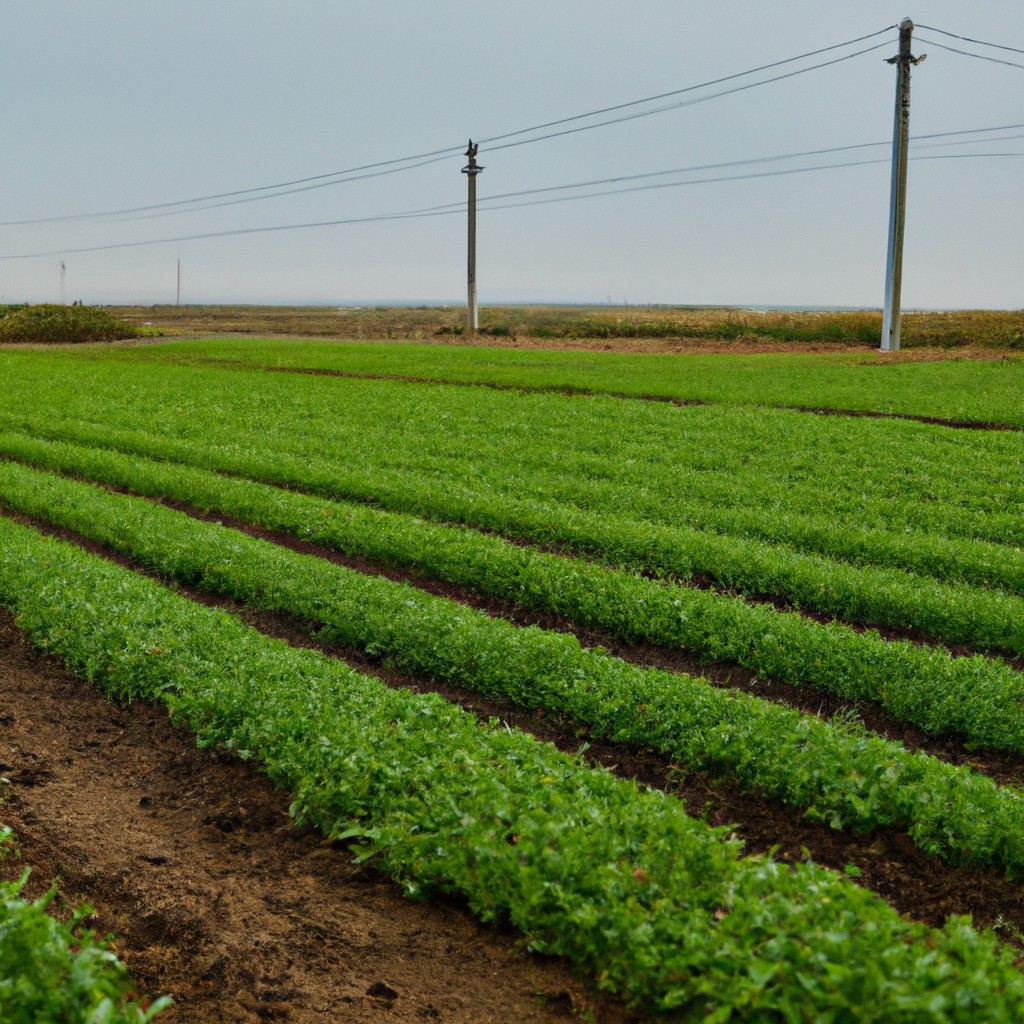Curious about smart farming? Learn how technology transforms agriculture and enhances sustainability.
Look Inside:
What Is Smart Farming?

Imagine a farm where plants text you when they’re thirsty. That’s smart farming in a nutshell. Integrating technology into agriculture turns traditional methods on their head.
Sensors are the eyes and ears, gathering data about soil moisture, weather, and crop health. Farmers receive real-time updates and make informed decisions faster than you can say “harvest time.”
Robots lend a helping hand, handling tasks like sowing seeds, fertilizing, and even weeding. This leaves farmers free to sip lemonade—or better yet, focus on strategic planning.
With data analytics, farmers can predict crop yields, spot disease outbreaks early, and optimize resource use. It’s like having a crystal ball that actually works.
Artificial intelligence steps in to analyze all this data. It suggests the best actions and even learns from past seasons to improve future outcomes. Imagine a farm with its own brain.
In short, smart farming is high-tech wizardry at its finest, where data and devices come together to make agriculture efficient, sustainable, and, dare we say, cool.
Precision Farming
Ever feel like farming is a high-stakes guessing game? Precision farming takes the guesswork out. It’s like having a crystal ball for your crops but way more accurate and less mystical.
- Think data-driven decisions:
- Soil conditions: Sensors tell you if your soil needs a spa day or a dose of nutrients.
- Water management: Smart irrigation systems ensure plants get just the right amount of H2O.
- Crop health: Drones and satellites detect diseases early, saving crops from becoming plant zombies.
Ultimately, it’s about using technology to farm smarter, not harder. Imagine giving your crops a VIP treatment, knowing exactly what they need when they need it. No more blindfold farming. Just good, old-fashioned efficiency boosted by modern tech.
Agricultural Drones
These buzzing little gadgets are game-changers for modern agriculture. Picture a bee with a PhD! They whiz around fields, capturing high-resolution images and videos. Talk about bird’s eye view.
First off, they help farmers monitor crop health. By using multispectral images, these drones can detect issues like pests, diseases, and nutrient deficiencies. Think of them as crop doctors with wings.
Then there’s mapping and surveying. Drones create detailed maps for soil analysis, irrigation planning, and field management. Perfect for anyone who ever dreamed of being a cartographer.
They also facilitate precision spraying. These flying dispensers can apply fertilizers, pesticides, or herbicides precisely where needed, reducing waste and environmental impact. It’s like a gardening ninja doing spot treatments.
Lastly, they can estimate crop yields. By analyzing plant height and density, drones offer predictions that help farmers make informed decisions. Imagine getting a sneak peek into your future harvest, minus the tarot cards.
IoT Smart Farming Solutions
Imagine your farm is Instagram-famous—connected, intuitive, and a little bit sassy. That’s IoT in agriculture. Sensors scattered across fields collect data like soil moisture, temperature, and nutrient levels. They gossip about plant stress, so you know exactly when your crops need a drink or a snack.
Smart irrigation systems get cheeky with water usage, going on and off as needed. No more guessing and overwatering your plants into submission. Weather forecasts join the party, precision-timing planting and harvesting activities for optimal results and fewer soggy boots.
Livestock monitoring gets an upgrade too. Fitbits for cows? Sort of. Wearable devices track health, so your herd texts you when feeling under the weather. It’s like having a barn full of tattletales, but in a good way.
Automated tractors rock the runway, plotting their course via GPS, ensuring accurate planting and harvesting. They never get tired. Lucky tractors.
With all this tech chatting away and making decisions, you might get some extra time on your hands. Use it to learn yodeling or something.
Future of Smart Farming
Innovations in agriculture are just getting started. Picture this: a tractor that drives itself, guided by satellites and real-time data. Yep, it’s like something out of a sci-fi movie, but it’s real and happening.
Expect more AI-powered solutions. Imagine a robot that can differentiate between a weed and a crop, and eliminates only the unwanted guests. No more endless hours of weeding.
Vertical farming is set to rise (pun intended). Think skyscrapers of lettuce and tomatoes, growing inside high-tech greenhouses. This method saves water and reduces land use, making it a star player in sustainable agriculture.
Energy-efficient resources will get a boost. Solar-powered sensors, anyone? These innovations help reduce the carbon footprint while keeping the farm running smoothly.
Blockchain technology could become a farmer’s best friend. Tracking supply chains, ensuring quality, and reducing fraud becomes a piece of cake. You’ll know exactly where your carrot came from, right down to the patch of soil.




